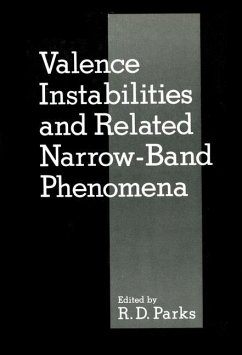Structurally disordered solids are characterized by their lack of spatial order that is evidenced by the great variety of ordered solids. The former class of materials is commonly termed amorphous or glassy, the latter crystalline. However, both classes share, many of the other physical properties of solids, e. g. , me chanical stability, resistance to shear stress, etc. The traditional macroscopic distinction between the crystalline and the glassy states is that while the former has a fixed melting point, the latter does not. However, with the availability and production of a large number of materials in both crystalline and amorphous states, and their easy inter-convertability, simple de finitions are not possible or at best imprecise. For the present purpose, it is sufficient to say that in contrast to the crystalline state, in which the posi tions of atoms are fixed into adefinite structure, ex cept for small thermal vibrations, the amorphous state of the same material displays varying degrees of de parture from this fixed structure. The amorphous state almost always shows no long range order. Short range order, up to several neighbors, may often be retained, although averaged considerably around their crystalline values. It is generally believed that the amorphous state is a metastable one with respect to the crystal line ordered state, and the conversion to the crystal line state may or may not be easy depending on the na ture of the material, e. g.








